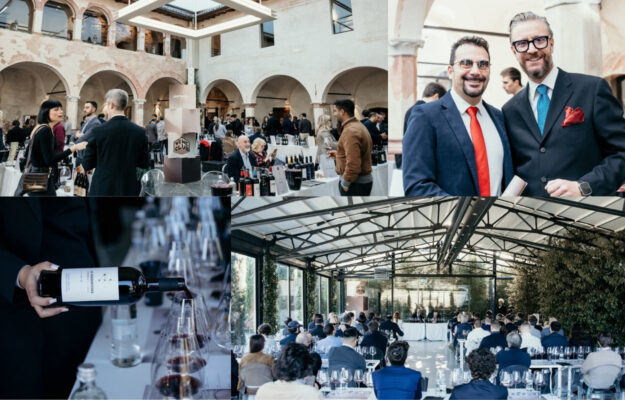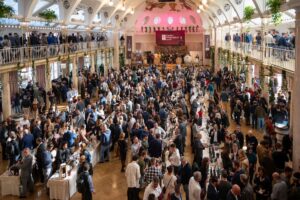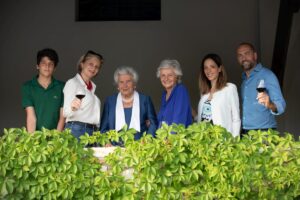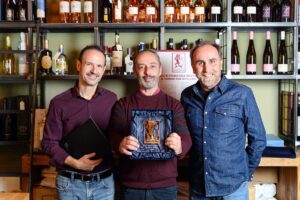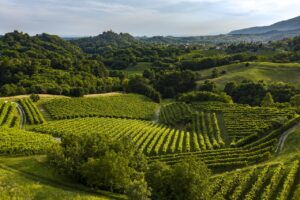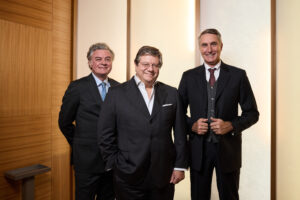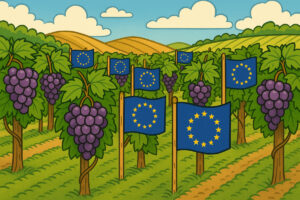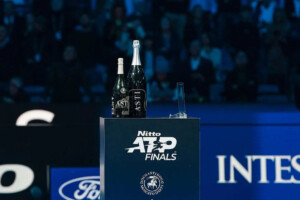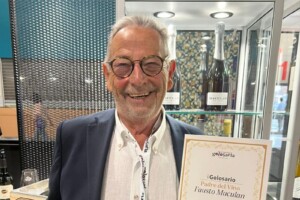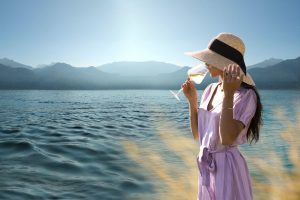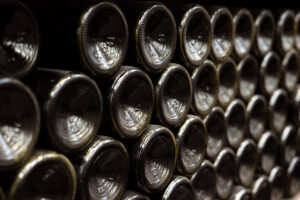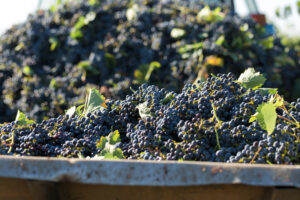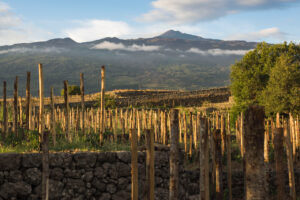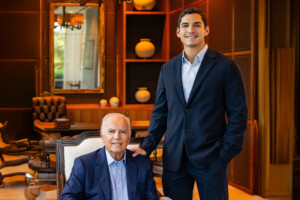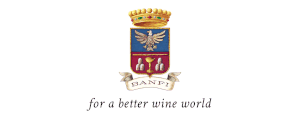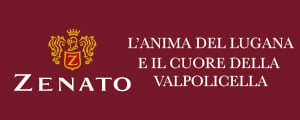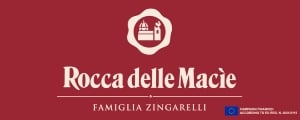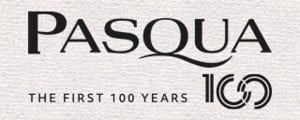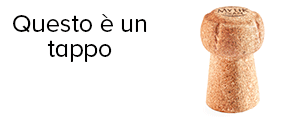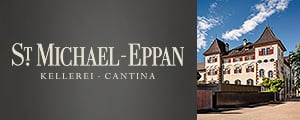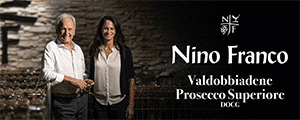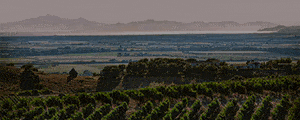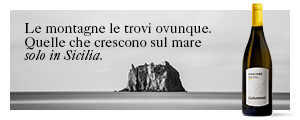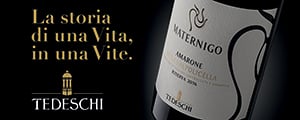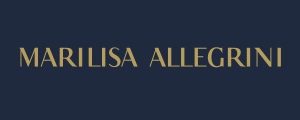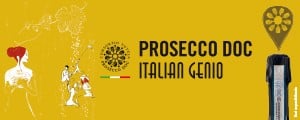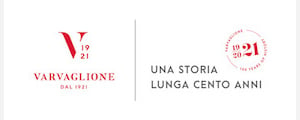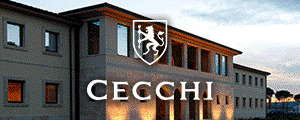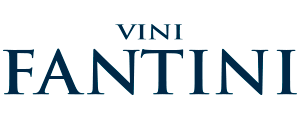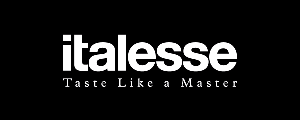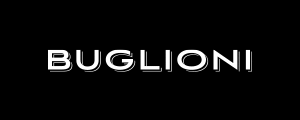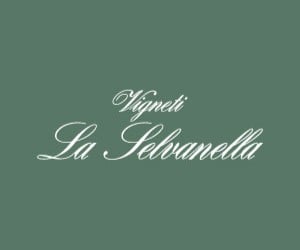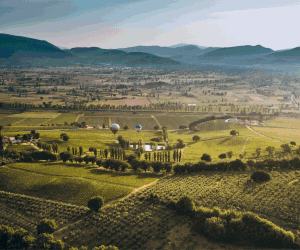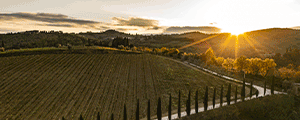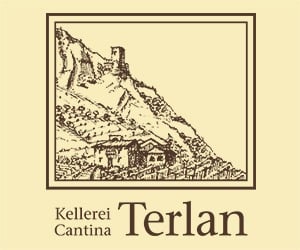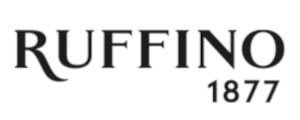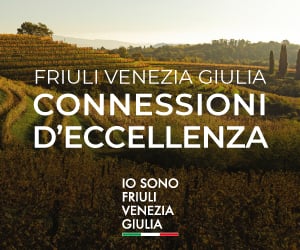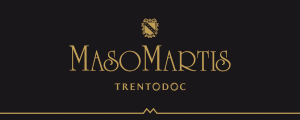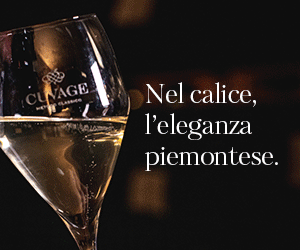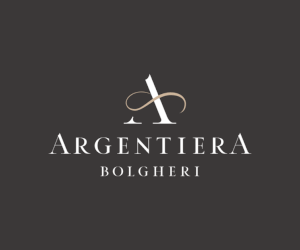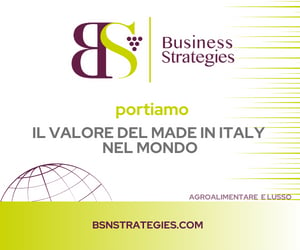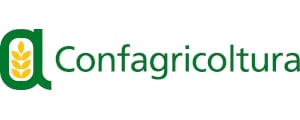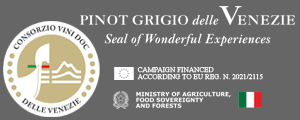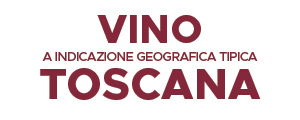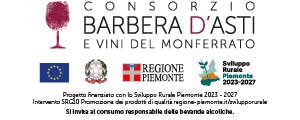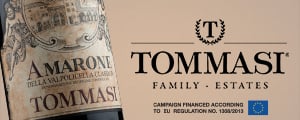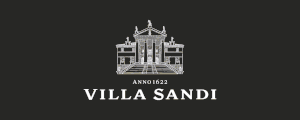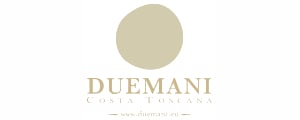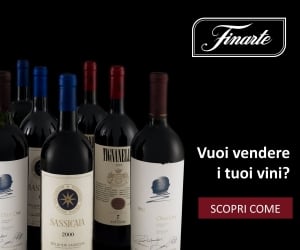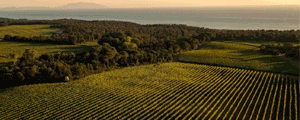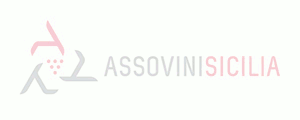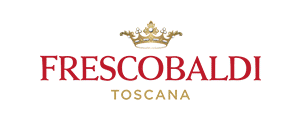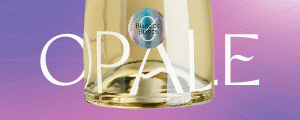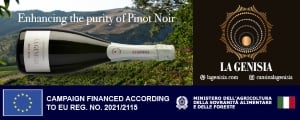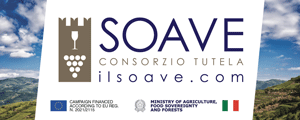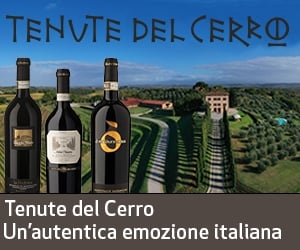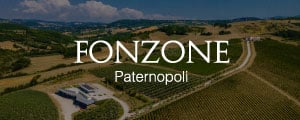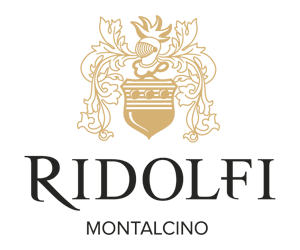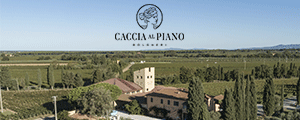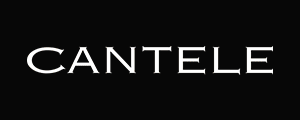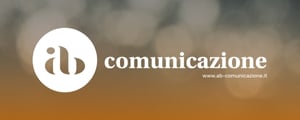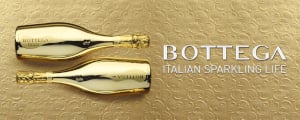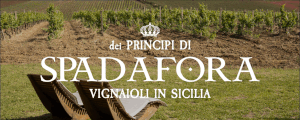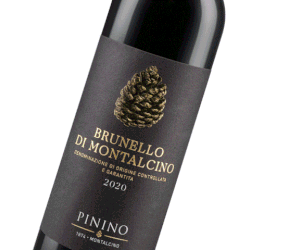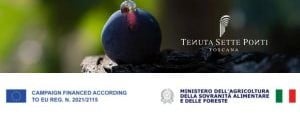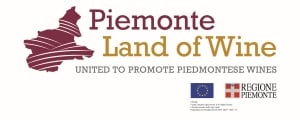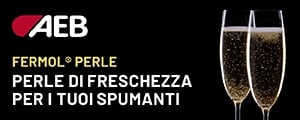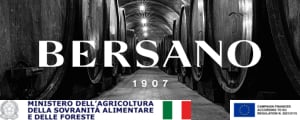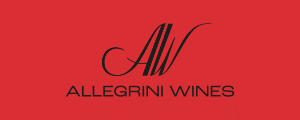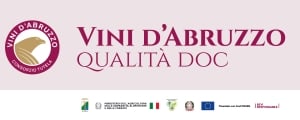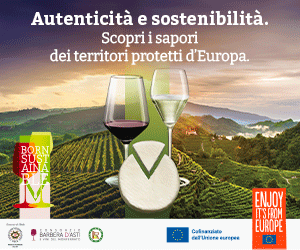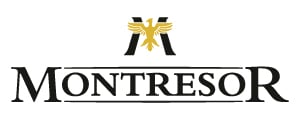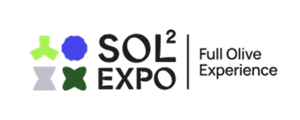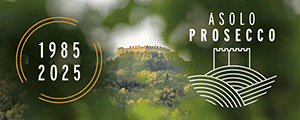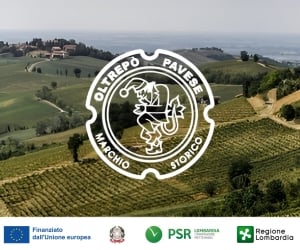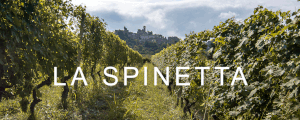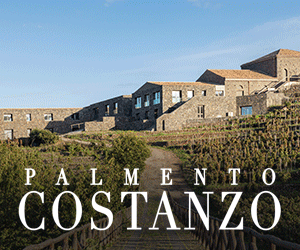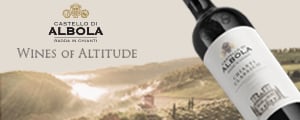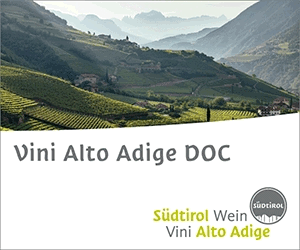Wines by the glass, staff training, and new labels proposed with a dynamic distribution model tailored to current needs. This is the recipe for tackling the future of wine in the horeca sector, “delivered” to WineNews during the 2025 “Wine Club Partesa” event by Alessandro Rossi, national category manager for wine at the company specializing in sales, distribution, consulting, and training services for the horeca channel. At the “Wine Club,” held yesterday at the Convento dei Neveri in Bariano, also home to the “Il Veronelli” museum (as explained in a video), more than 50 Italian and international wineries engaged with sommeliers, journalists, and horeca professionals to discuss the future of wine in terms of quality, training, and new consumption styles.
If there is no doubt that 2025 has been a challenging year, marked by deep changes and a continuous evolution in consumption habits, which will likely continue in the coming years, Andrea Grimandi, ceo of Partesa, sees concrete signs of recovery. “In this context, our strength lies in our ability to adapt while maintaining a constant and close presence in the market, thanks to our people and initiatives like the ‘Wine Club”. The market is regaining balance, and consumers increasingly value experience, quality, and product identity. Partesa is, and will continue to be, alongside producers, operators, and consumers, evolving models and formats to anticipate changes and support value creation throughout the supply chain. The wine sector remains central to our strategy, and we will keep investing in training, innovation, services, and important networking events like this one”.
According to national category manager for wine Alessandro Rossi, “the first signs that the situation for wine was changing became clear in the last two months of last year. The sector is undergoing a transformation that must be understood with clarity and openness. After very prosperous periods, it was predictable that a leveling-off would lead to a difficult year like 2025. We are facing a new revolution. The one that brought my generation closer to wine at the end of the 1990s and early 2000s revolved around wine bars, where no one was without a glass of wine in hand. Today, it is the restaurant industry that will become the new vehicle for wine, probably thanks to a transformation of trattorias, traditional and contemporary alike, offering the chance to experience the history of each region through more thoughtful and inclusive wine lists. The proposal of wines by the glass, made possible by technology which now allows opened bottles to be preserved optimally, will be crucial for introducing new consumers to the identity of more wines and thus increasing their wine culture. Wine will become an increasingly cultural asset, and per capita consumption will decline further. People will drink better, guided by tradition and respect for terroir, not driven by trends, and will prefer wines made 100% from a single grape variety, such as Verdicchio, Garganega, Sangiovese, Nebbiolo, because they simplify the cultural approach to wine. Consumers, in general, are asking for more authentic, transparent, and sustainable wines, with fresher profiles and moderate alcohol levels. We are in a moment of transformation where it is essential to understand the needs of new consumers to meet their tastes. Style “impositions” no longer work. The new generations - continues Rossi - will be “ruthless”: they will choose wines solely based on pleasantness, without considering the brand, unlike my generation. And the generational shift among producers will also lead to a significantly different approach in this regard”.
Partesa observatory, active for 36 years, present in 15 regions with 36 warehouses, 1,000 employees, and over 34,300 horeca clients is broad enough to understand how this trend is reflected in restaurant wine lists. “Restaurant and wine bar lists - adds Rossi - are becoming less complex and smarter, identifying producers who are or are becoming trendy, even at any moment , thanks to social media, which makes the complexity of the wine world much more approachable for the end consumer. However, while communication gets a lot of attention, “experiences” are missing. Days like our “Wine Club”, a laboratory of ideas and relationships, give operators the chance to fully immerse themselves in the wine galaxy and the stories of producers. Partesa wants to accompany this process by offering industry professionals tools, training, and a portfolio which represents wine as a value, not just a product”.
Another major change, ongoing for some time, concerns the number of labels and bottles in restaurant cellars, which has gradually decreased to reduce financial commitments and, in many cases, for space reasons. Orders are decreasing in quantity and, hopefully, if wine rotation allows it, increasing in frequency. “At Partesa - explains Rossi - we adapted to these new needs years ago by adopting the American system, i.e. small quantities supplied constantly, allowing more references and less cellar stock. This also enables us to avoid sticking to the same products and instead seek new labels to offer customers ever-changing experiences. This is how it works in most countries worldwide; only in Italy do some figures, like direct agents, still exist, who must sell certain quantities to cover, for example, shipping costs”. However, Rossi notes another change. “The price to pay today also concerns the “depth” of wine lists, he explains. Compared to the past, it is increasingly rare to have the chance to taste older vintages”. Then, recently, foreign wines have also been spreading in mid-range restaurants, a demand Partesa meets with numerous international references in its catalog. “Italy - observes Rossi - is a country of Francophiles, as shown by lists featuring 30-35% foreign labels, mainly French. We have significant imports and have focused particularly on the United States, whose wines I have appreciated since the 1970s and believe are worth introducing. But - he points out - we are an Italian distributor: 80% of our revenue comes from Italian wine sales, and our job is to promote Italy while also offering the chance to taste a selection of wines from other countries”. Another key chapter for promoting wine in restaurants, long discussed, is training those who guide customers in their choices and effectively drive wine sales. “Wines by the glass, new labels, and increasingly knowledgeable staff ready to act as consultants for customers in choosing wine are turning points for the restaurant industry. However, I believe horeca, like other sectors, must create synergies to develop training programs and engage new generations by offering experiences and opportunities to put a glass of wine in their hands: I don’t believe in influencer communication; there are no new Robert Parkers whose reviews moved millions of bottles”.
Logistical efficiency and Partesa reliability as a distribution partner were the main reasons for satisfaction mentioned by producers at the 2025 “Wine Club” event, as reported by WineNews. “The main added value - underlines Cristina Fugatti of Roeno in Brentino Belluno, in Val d’Adige - is the possibility of ordering even a single case, a necessary response to the changing needs of restaurateurs. This is particularly important now for wine types that don’t rotate easily and for customers with space issues in cellars or storage”. According to Graziano Manetti, co-owner with Andrea Gozzini of Le Vedute in Franciacorta, in Rovato, “having a strong partner behind us guarantees very streamlined and fast logistics, allowing the company to gain many sales in a context where restaurants are definitely buying less”. Swiss-watch precision in everything was highlighted by Franco Manganelli of San Salvatore 1988 company, in Stio, owned by entrepreneur Peppe Pagano.The “Wine Club Partesa” meetings between producers and horeca operators, held several times a year in various Italian locations, are widely appreciated as essential opportunities to let a highly qualified audience of restaurateurs taste wines and meet clients who already feature their wines on their lists. “In our case - adds Cristina Fugatti - having unique and little-known wines, such as Enantio Riserva, a Riesling from Monte Baldo, and a Trentodoc aged on the lees for 10 years, makes this participation particularly useful. It would be hard to meet so many clients without extensive travel, which would take time away from production and cost a lot of money”.
Copyright © 2000/2025
Contatti: info@winenews.it
Seguici anche su Twitter: @WineNewsIt
Seguici anche su Facebook: @winenewsit
Questo articolo è tratto dall'archivio di WineNews - Tutti i diritti riservati - Copyright © 2000/2025










